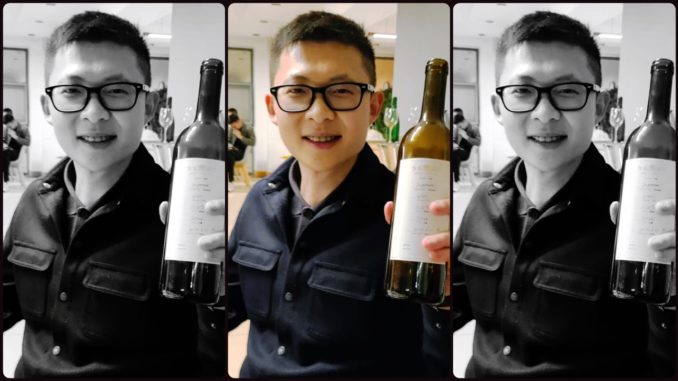
[This interview first appeared in my free Grape Wall newsletter. Sign up here.]
Is Shangri-la China’s top region? Do Ningxia wines age poorly? Does Marselan need to be great to be good? Why was Penfolds ranked so low? Are Chinese orange wines only a novelty?
These topics and more covered in a Q&8 with critic Shuai Zekun, senior editor for jamessuckling.com, responsible for reviewing Chinese wines as well as Spanish and South American ones. Full talk below.
Also see my 2023 and 2022 talks with Shuai here and here. And with plenty of China wine people here.
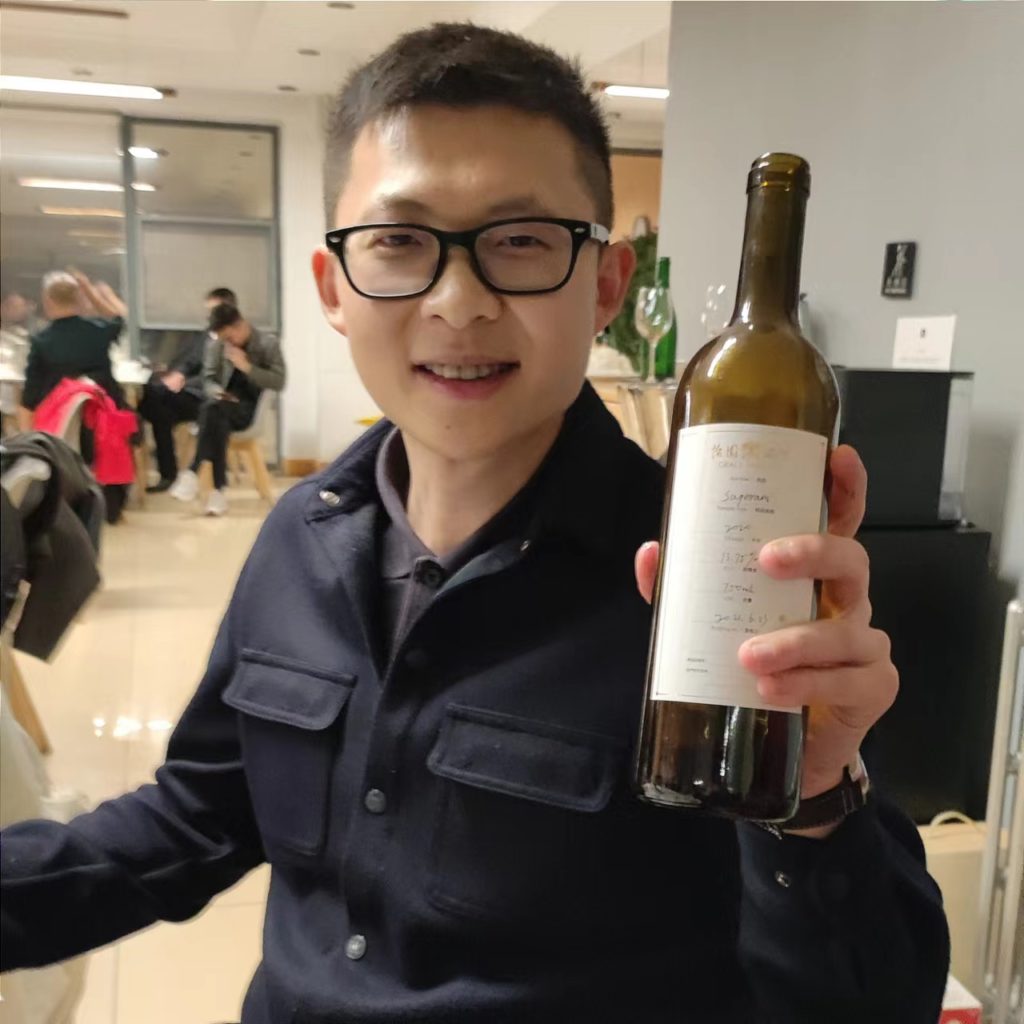
1 Grape Wall: Twelve wines and seven producers from Yunnan’s Shangri-la region made this year’s Top 100 at jamessuckling.com, even taking the top two spots. Is it safe to say Shangri-la is the most promising region for fine wine in China?
Shuai Zekun: I think it might be the most promising place for fine wine but there are not many producers. It is still hard to reach and the wineries are just too scattered. If you are talking about wine regions, with say at least 50 wineries, then it is not there yet. But is it producing quality wines? Yes.
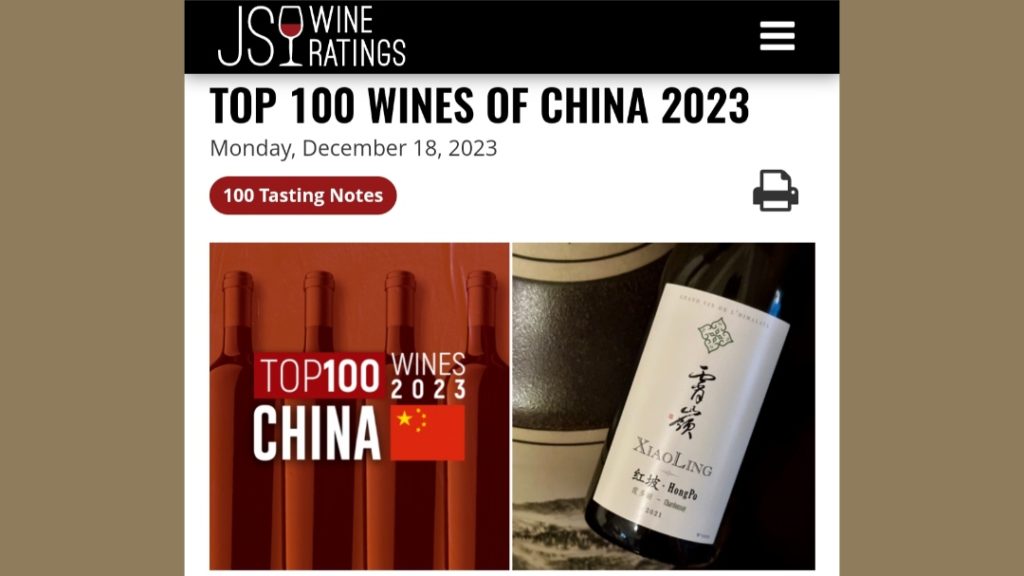
2 Also, while Shangri-la took the top two spots, it also took the bottom two, with Penfolds CWT521 at number 99 and Bao Zhuang’s Sulu Heritage de L’Himalaya at number 100. What’s going on there!?
They are not good value. A bit over-priced. That’s why they ended up at number 99 and 100.
Especially Bao Zhuang [95 points], which retails for something like USD1500. The Penfolds, a blend of mostly Yunnan wine with Ningxia Marselan, costs RMB1200 [US$165] for a wine I scored 91 points.
But I want to include these wines to show that value is a factor, to show that scores and prices are different issues.
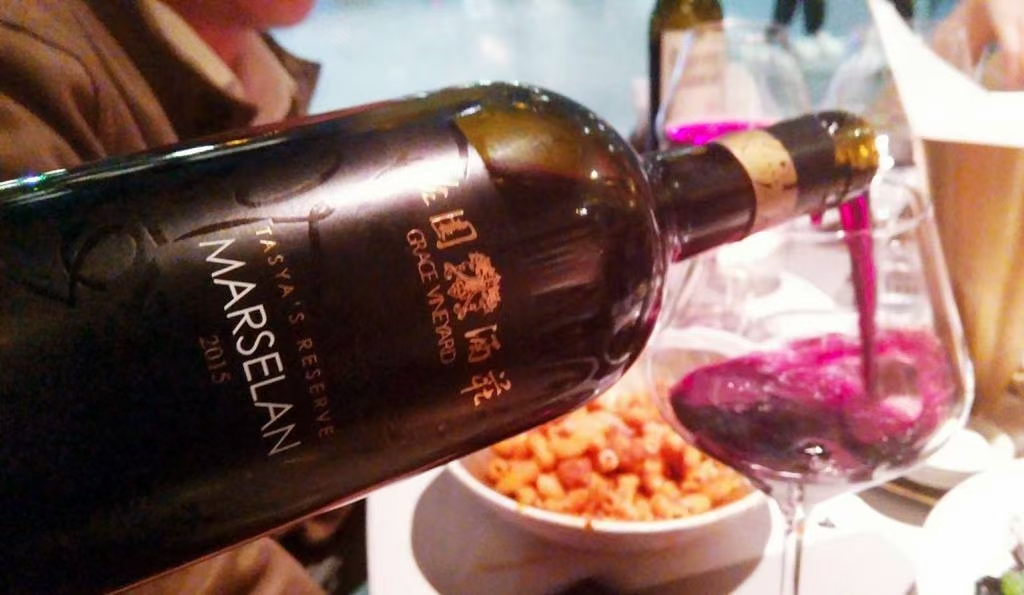
3 There were also 19 Marselan wines on the list, led by Grace Vineyard’s 2021 from Shanxi. I’ve heard some in the vintelligentsia grumble that this grape can’t make great wine. What is your take on that situation?
Even if it doesn’t make great wine, what’s wrong with that? Marselan is good for consumers, especially for people being introduced to wine. It is easy to make and easy to understand, it is giving and delicious.
It also carries a terroir message. Ningxia Marselan is definitely richer and more concentrated, jammier and floral, with even a purple sweet potato character. Hebei and Shanxi have some richness, but elegance, too, and are easy to enjoy. And Shandong is even more elegant.
New wine consumers often start with richness, unless they have very refined tastes. Marselan makes such wines and at an affordable price. It’s a safe bet.
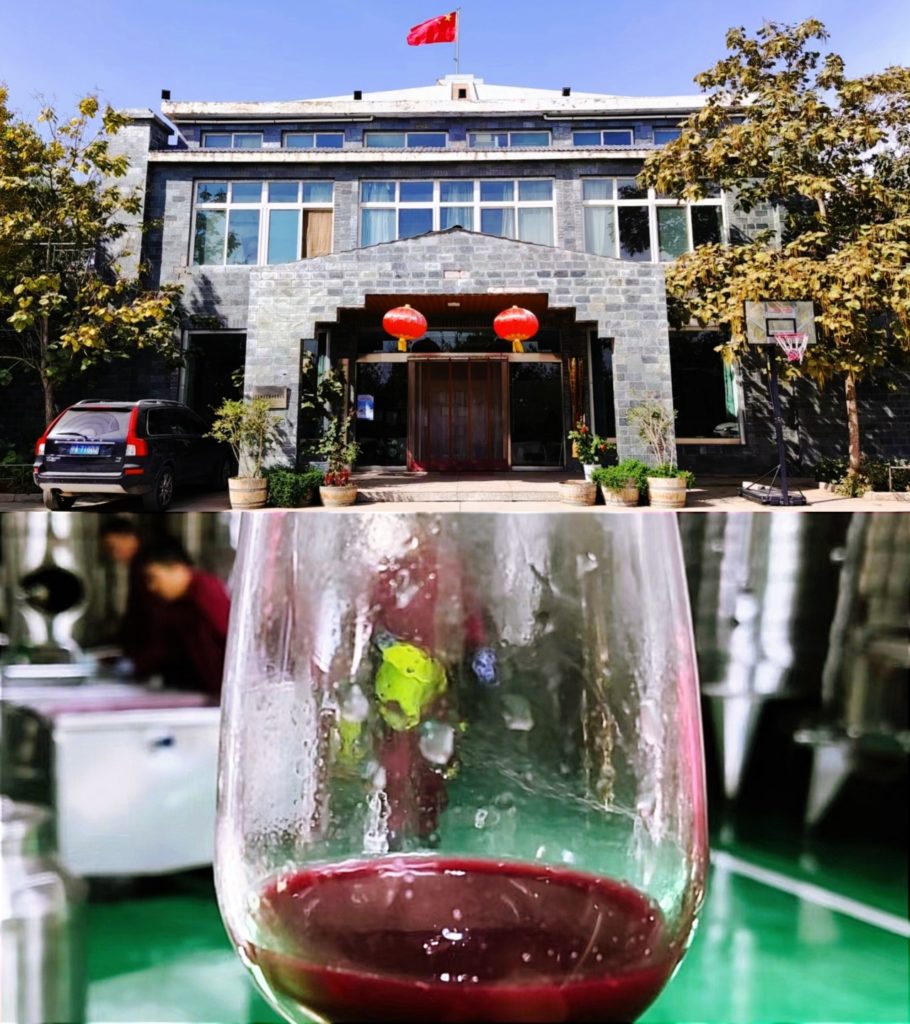
4 As part of your job, you worked on a guide with Yinchuan Wine Association in Ningxia. What did that involve? What were some surprises and themes?
We did five days of tasting, with over 200 wines from the Yinchuan region, which has 70 to 80 percent of the top wineries in Ningxia. Yinchuan does not completely represent Ningxia but does represent many of the good wines from there.
I chaired the blind tasting with four other judges, and we talked and argued about the wines, it was really interesting.
There were some good surprises, including a Malbec from Helan Qing Xue, which we didn’t know about before the tasting.
We also found aging issues with some Yinchuan wines, a lot of premature problems that might be due to the cork or the bottling line or pH levels. It could a variety of reasons.
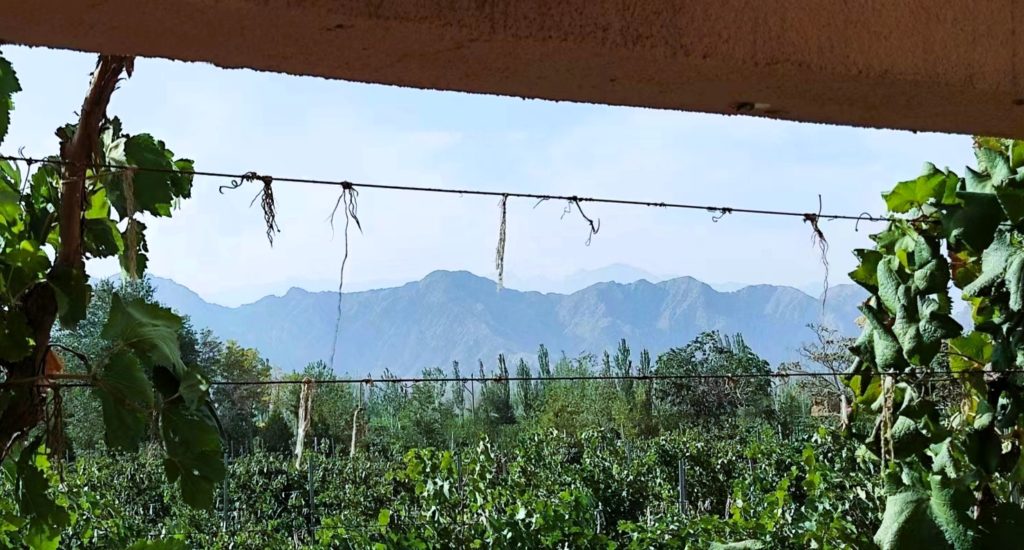
5 Exactly half of the Top 100 wines hail from Ningxia. You taste wine from around the world, with a strong focus on Spain and South America, and get to see global trends. How do these Ningxia wines fit the global context?
Many Ningxia wines are still a bit overpriced. But I think people should be a little more patient as we will see the market reshuffle and prices go down.
It’s still a new market and consumers don’t know much about wine. They still have a notion of wine as a mysterious drink that is hard to understand.
The gifting and social aspects of wine remain very important. Even after the government anti-corruption movement and curbing of gifting, many people still want to impress with a gift or with wine brought to a dinner.
Naturally, if you don’t know much about wine, you would expect the more expensive, the better. And that encourages wineries to become ambitious with pricing, too.
People still don’t feel secure about wine, they are worried about scams and fakes, which also leads to associating wine and price. They think legitimate wine should be at least RMB150 or RMB200 or even more depending on the income level.
If the attitude is to take advantage of consumers’ lack of wine knowledge with high pricing, this is not good. Ningxia should take the time to educate these consumers, to let them know good wine is possible even for RMB100, and this will help the region sell more stock. They should make wine friendlier and more affordable and drinkable.
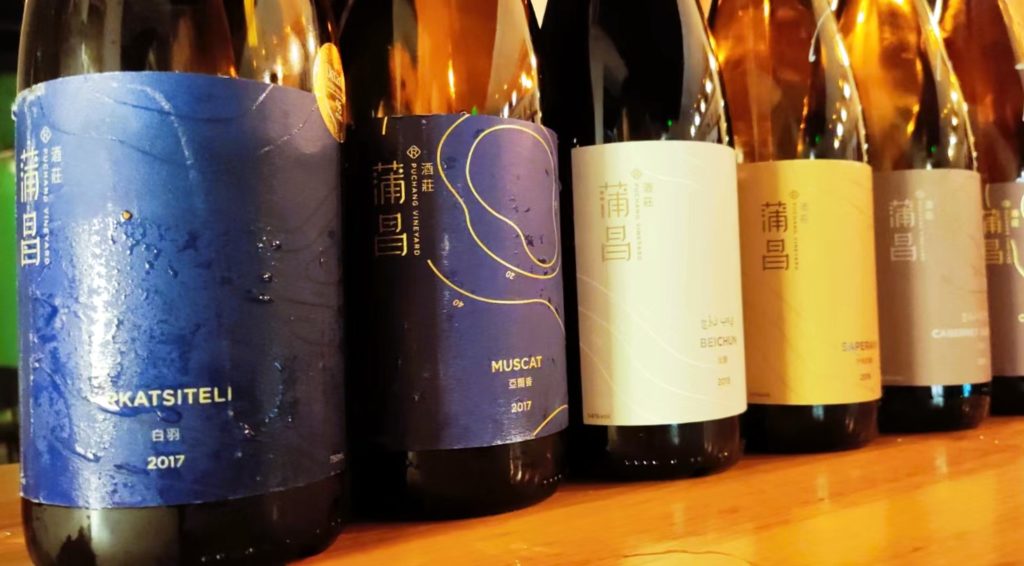
6 People do regularly complain about Chinese wine prices. What are good local labels people can grab for less than RMB300 per bottle?
Puchang Rkatsiteli was the number three wine in the Top 100 and it’s less than RMB300.
So are wines from the Grace Vineyard ‘Tasya’s Reserve’ line, which is very consistent across the board, and the ‘Mastery’ line from Canaan, which you can explore by vintage — the 2017 is more concentrated while the 2018 is more elegant and finessed.
You also find good wines from Petit Mont and Lingering Clouds under that price point.
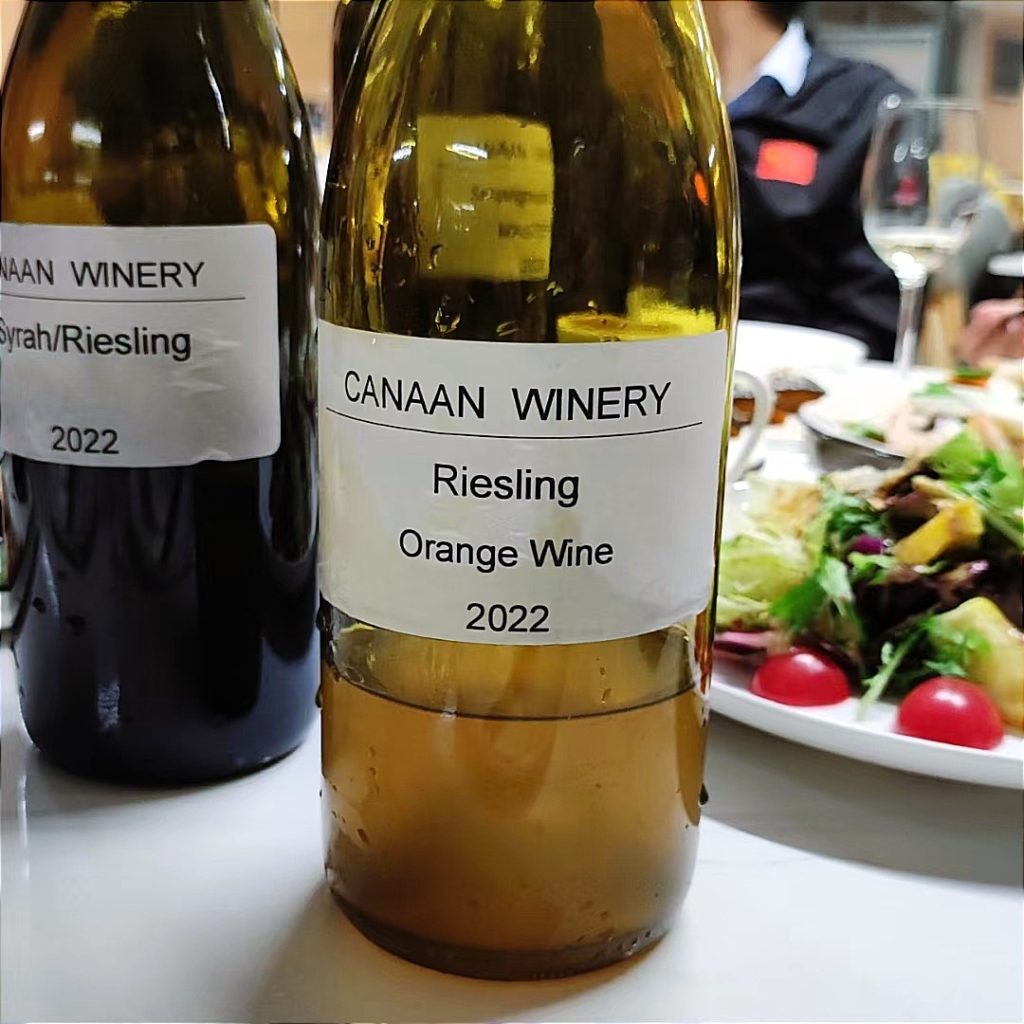
7 I tagged along on your visit to wineries Canaan and DFC this year and was impressed by the ‘orange’ wines. And impressed by other such wines in China. Are these novelties or do they have a significant future?
Yes, they are significant, they are a very important step for China to take for encouraging people to consume wine.
It’s a deconstruction of wine. Because orange isn’t the color you usually think of, you usually think of red or white or sometimes pink. These wines add more color and diversity, they make wine more interesting and more appealing.
The only reason I didn’t include Canaan’s orange wines in the Top 100 is because the volume is too small, but I especially liked the Riesling.
[The previous Top 100 ranked an orange Viognier by Domaine Charme at number 10.]
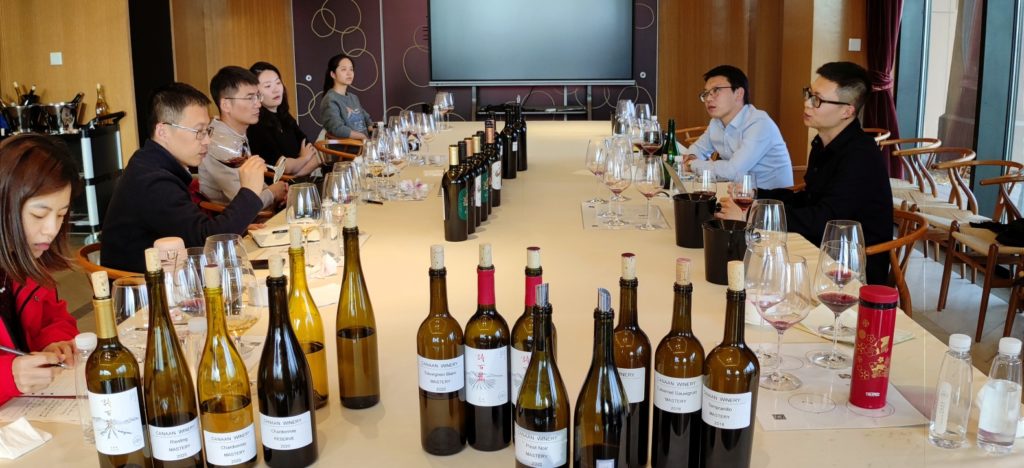
8 Year of the Dragon is coming! What do you expect and hope to see from China’s wine industry for the 2024 Top 100 list?
I want to see more new producers. We are always talking about producers we already know, but I’m a journalist, so I’m on a trip to discover more wines, more styles and more diversity.
At the same, a new vintage will bring new stories for the most consistent wineries.
I will taste another 500 local wines this year and stay tuned to what’s happening in China. Traveling to Shangri-La and Xinjiang are also on my agenda.
I’m pretty proud of writing about underreported wines, especially if they are from my own country.
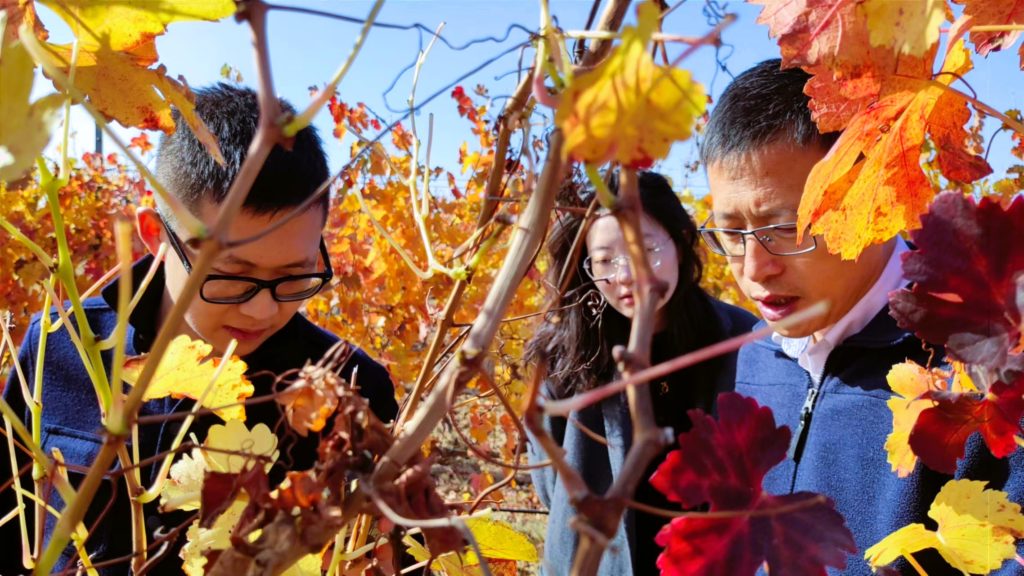
Grape Wall has no sponsors of advertisers: if you find the content and projects like World Marselan Day worthwhile, please help cover the costs via PayPal, WeChat or Alipay.
Sign up for the free Grape Wall newsletter here. Follow Grape Wall on LinkedIn, Instagram, Facebook and Twitter. And contact Grape Wall via grapewallofchina (at) gmail.com.

Leave a Reply
You must be logged in to post a comment.